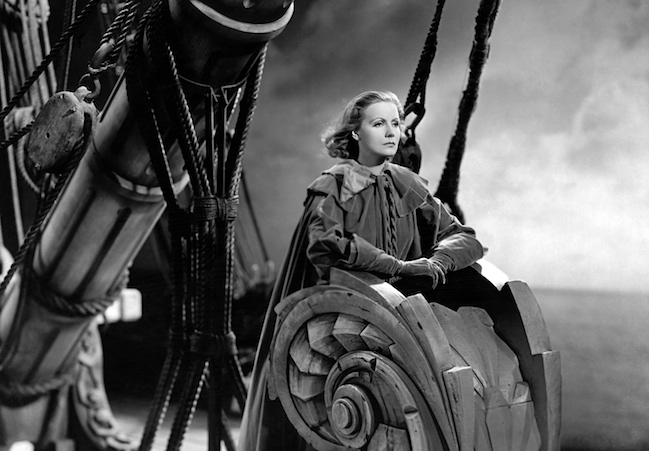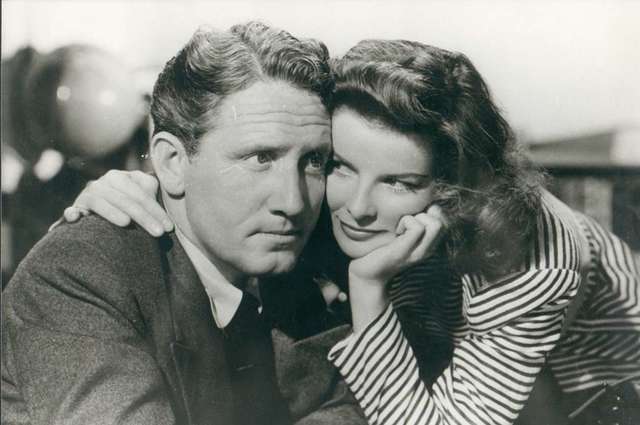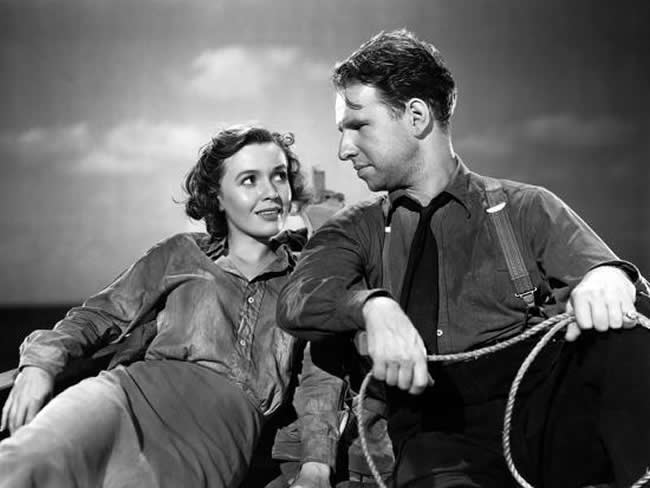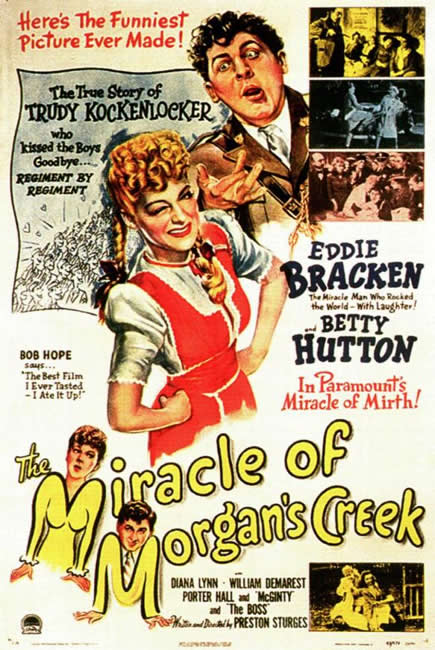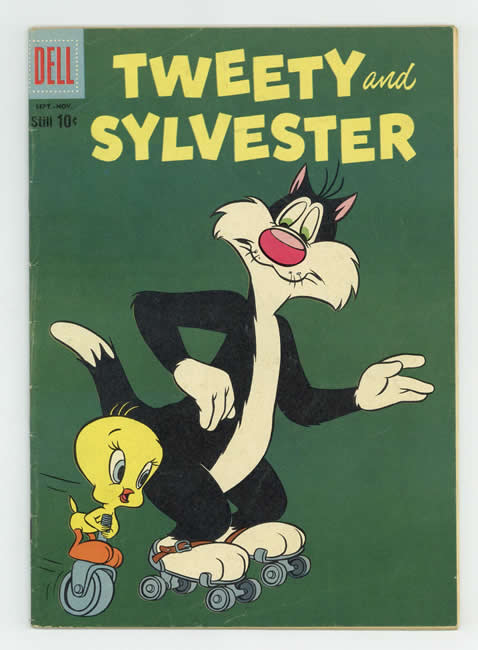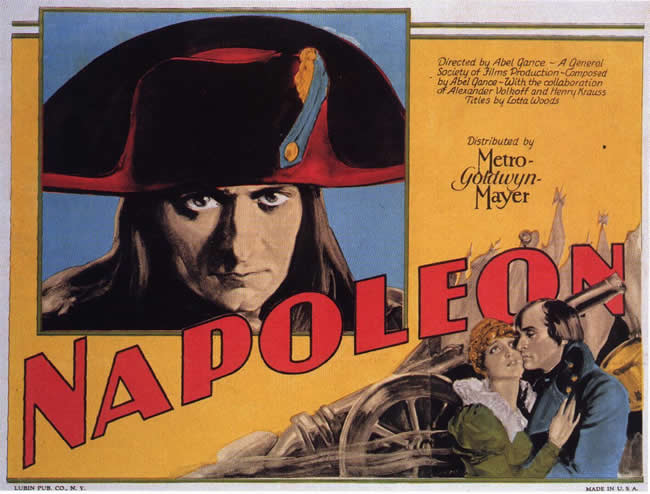
Lobby card for Abel Gance’s Napoleon (1927)
“I found myself becoming bored with the stationary camera, and I wanted to be completely free. The cameramen never refused to do what I asked of them, but they were not particularly pleased at the idea of having to hold the camera. At that time there were no lightweight cameras, and hand-holding was very tiring. Eventually, we invented a sort of cuirasse which, strapped to the chest, supported the camera.”
— Abel Gance, interviewed by Kevin Brownlow for his book The Parade’s Gone By (1968)
